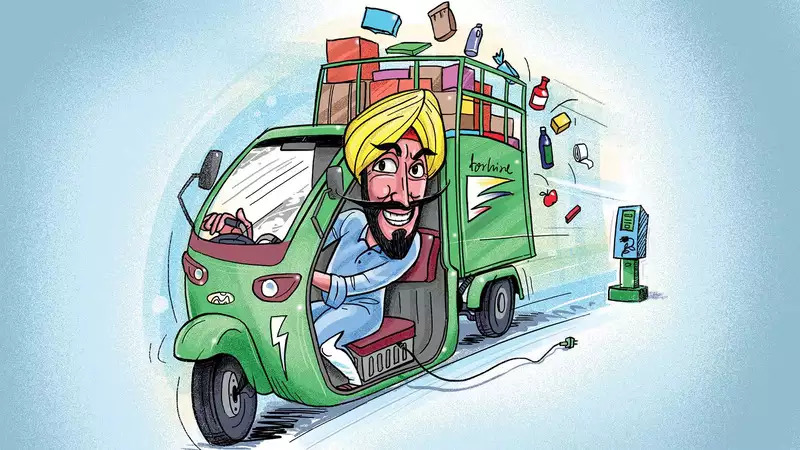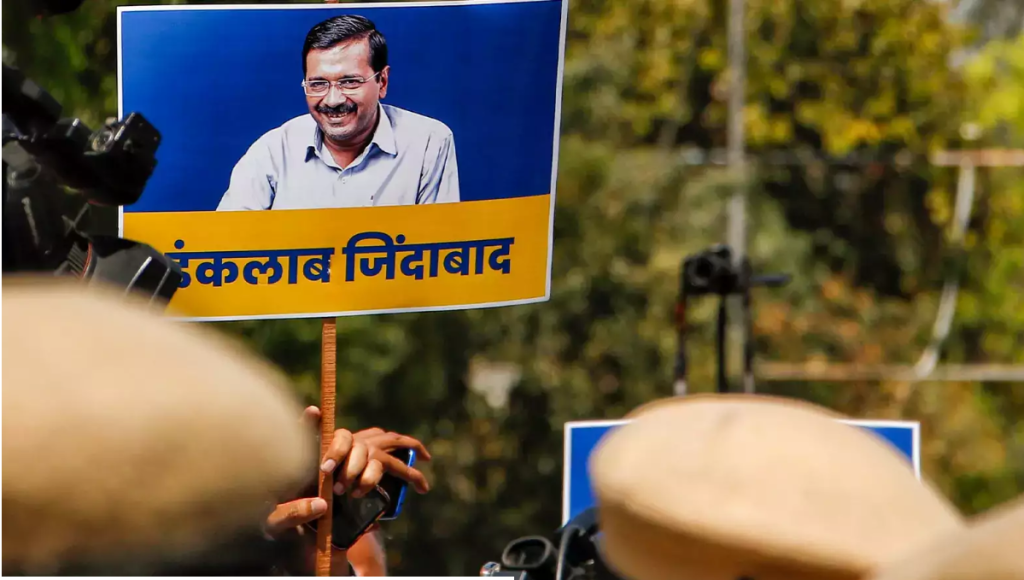Governance matters for economic reform. This was the theme of a lecture by Prof Pranab Bardhan, University of California, at the annual India Policy Forum on Monday organised by NCAER and Brookings.
Clearly, good governance aids growth. But in India we face a paradox. By many measures, governance is worsening, yet economic growth has broken all records, averaging 8% for the last three years.
Politicians seem more corrupt and brazen than ever. Record sums of black money are spent on every election. Crime is rising, Naxalite attacks affect 165 districts, and Islamic terrorist attacks are proliferating unhindered. Criminals have entered the legislatures and Cabinets en masse. Murderers with political clout (as in the Jessica Lal case) escape scot-free.
Besides, the quality of public services continues to be terrible. The latest Development Policy Review of the World Bank reveals that the typical doctor at a primary health center in Delhi is less competent than his Tanzanian counterpart, and the chances of his recommending harmful treatment is 50:50. Teacher absenteeism is rampant, and half the Standard V children in five states cannot read even at the Class II level. Water supply is just 4 hours a day in Delhi, 2.5 in Bangalore and 1.5 in Chennai, against round-the-clock supply in Jakarta, Dakar or Colombo. Electricity supply is terrible, and 30% of it is stolen with impunity.
Despite these indicators of worsening governance, economic growth has soared. How? At the Forum meeting, Pranab Bardhan replied that governance was only one of many factors that matter. Besides, he said, governance had actually improved in some respects, through panchayati raj, the spread of NGOs and the Right to Information Act.
This sounds a terribly weak, incomplete list to me. Governance has indeed improved in several ways, but most relate to economic reform, which has improved the delivery of goods and services. Competition has made suppliers more accountable to consumers, and that is the bedrock of better governance. In the old days, consumers faced government monopolies (telecom, airlines) or limited supply dictated by the licence-permit raj (leading to queues for cars and scooters). Their replacement by a competitive market has empowered consumers through choice. Suppliers who fail to satisfy customers go bust, and that greatly improves accountability and delivery of goods and services.
Tortuous, bribe-laden procedures have been abolished or pruned for industrial licensing, import permission, technical collaboration, capital issues, foreign direct and portfolio investment, MRTP clearance, and much else. This improved governance directly impacts economic growth.
Some say that such reforms help only businessmen. Actually, they help all consumers, who now have unrivalled choice and immediately delivery. No longer do they have to queue for years to get a telephone, car or scooter. No longer are they at the mercy of Indian Airlines, government bus services, LIC, GIC or other ex-monopolies.
Reforms have ensured ample supplies of everything, ending the perennial scarcity of the bad old days. Low import tariffs have ended the smuggling of gold, synthetic fibres and consumer electronics. The black-market premium on foreign exchange has disappeared. Inflation and interest rates have fallen with the reduction of external barriers and growing globalisation. These are huge gains for consumers as well as companies. Some will say these outcomes are not governance issues. I disagree: inflation control is an essential service, especially for the poor, that is now performed much better, using good policy rather than inspectors.
Financial liberalisation has empowered consumers with access to housing loans, personal loans, credit cards and mutual funds. Improved access has coincided with falling interest rates. ATMs have revolutionised access to cash, and computerisation has greatly improved the working speed of bank staff. So, the delivery of financial services has greatly improved.
Government delivery of basic services like education and health remain poor. But private provision has skyrocketed. A recent ICRIER working paper estimates that between 1999-00 and 2005, the number of private engineering institutions rose from 669 to 1,478, teacher training institutions from 1,050 to 5,190, physiotherapy institutions from 52 to 205 and pharmacy institutions from 204 to 629. The quality of these is very spotty, yet they represent improved service delivery, though at a higher cost. Four-fifths of medical services come from the private sector, possibly the highest proportion in the world.
Many foreigners think the IITs have spearheaded India’s software revolution, but that is an illusion. The IITs produce barely 3,000 graduates a year, most of whom go abroad or join multinationals. The 800,000 people employed in the software industry come mainly from private engineering colleges. And software companies, not public education, do their skill-upgradation. Infosys, for instance, is spending Rs 1,200 crore to set up a Global Education Centre and Infosys Leadership Institute at Mysore, capable of training 40,000 people per year at a cost of $ 5,000 each.Narayanmurthy says it took him one year to get a telephone connection and another year to get an import licence for a computer in the 1980s. Liberalisation has ended that scarcity. So, new technology has spread fast and improved service delivery widely.
It has been critical to capital market development, facilitating dematerialisation of shares and giving India an electronic exchange (NSE) superior to London’s. Mobile phones are the best examples of technology benefiting the grassroots—even street hawkers own them. E-governance initiatives like Bhoomi in Karnataka and e-Seva in Andhra Pradesh have improved the access of villagers to land record records, weather and market information, and much else. ITC has penetrated the countryside with e-choupals, and others are following. Computerisation has facilitated the rapid spread of microfinance organizations.
Do these examples of improved governance offset the earlier examples of worsening governance? Nobody knows for sure. But it is plausible.
However, let me add that India’s record economic growth is due partly to unprecedented boom conditions in the global economy. In such conditions even sub-Saharan Africa, notorious home of bad governance, is growing by almost 5% a year. Let’s see what happens to Indian growth when global conditions deteriorate, as they must.




